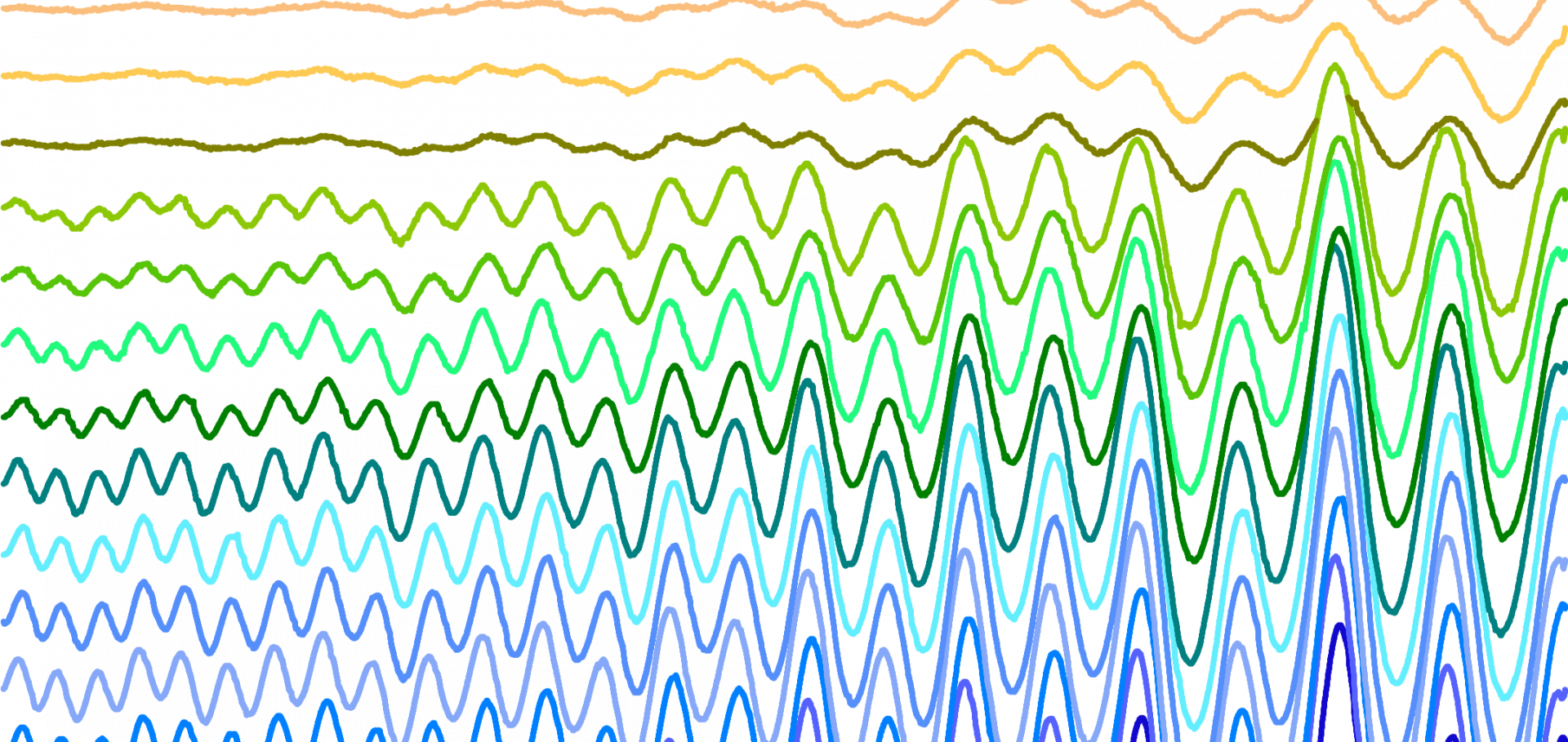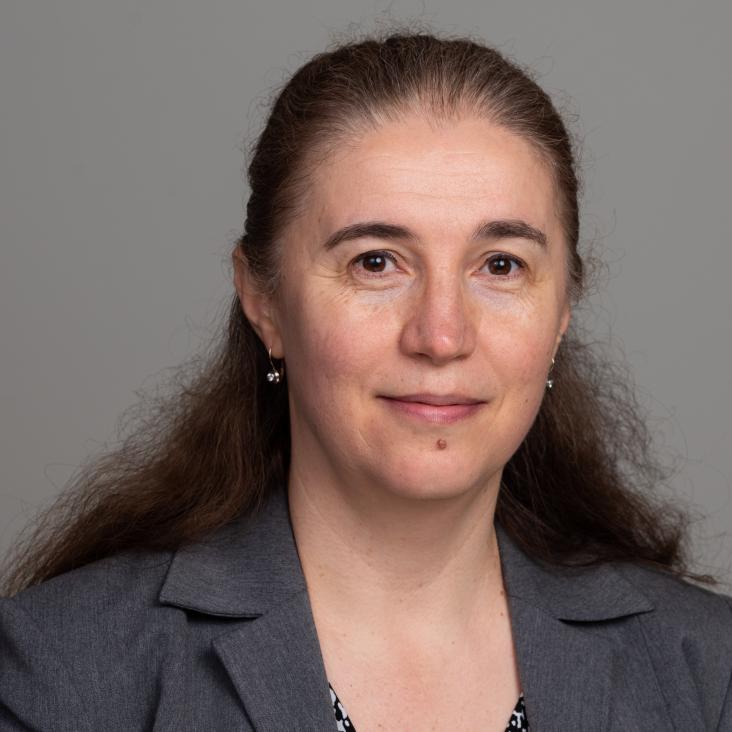Interplay between localized and itinerant d electrons in a frustrated metallic antiferromagnet, 2H-AgNiO2
ArXiv 0908.4169 (2009)
Abstract:
We report the electronic and magnetic behaviour of the frustrated triangular metallic antiferromagnet 2H-AgNiO2 in high magnetic fields (54 T) using thermodynamic and transport measurements. Here localized d electrons are arranged on an antiferromagnetic triangular lattice nested inside a honeycomb lattice with itinerant d electrons. When the magnetic field is along the easy axis we observe a cascade of field-induced transitions, attributed to the competition between easy-axis anisotropy, geometrical frustration and coupling of the localized and itinerant system. The quantum oscillations data suggest that the Fermi surface is reconstructed by the magnetic order but in high fields magnetic breakdown orbits are possible. The itinerant electrons are extremely sensitive to scattering by spin fluctuations and a significant mass enhancement (~ 3) is found.Fermi surface of SrFe2P2 determined by the de Haas-van Alphen effect.
Phys Rev Lett 103:7 (2009) 076401
Abstract:
We report measurements of the Fermi surface (FS) of the ternary iron-phosphide SrFe2P2 using the de Haas-van Alphen effect. The calculated FS of this compound is very similar to SrFe2As2, the parent compound of the high temperature superconductors. Our data show that the Fermi surface is composed of two electron and two hole sheets in agreement with band-structure calculations. Several of the sheets show strong c-axis warping emphasizing the importance of three dimensionality in the nonmagnetic state of the ternary pnictides. We find that the electron and hole pockets have a different topology, implying that this material does not satisfy a (pi, pi) nesting condition.Topological change of the Fermi surface in ternary iron pnictides with reduced c/a ratio: a de Haas-van Alphen study of CaFe2P2.
Phys Rev Lett 103:2 (2009) 026404
Abstract:
We report a de Haas-van Alphen effect study of the Fermi surface of CaFe2P2 using low-temperature torque magnetometry up to 45 T. This system is a close structural analog of the collapsed tetragonal nonmagnetic phase of CaFe2As2. We find the Fermi surface of CaFe2P2 to differ from other related ternary phosphides in that its topology is highly dispersive in the c axis, being three dimensional in character and with identical mass enhancement on both electron and hole pockets ( approximately 1.5). This suggests that when the bonding between pnictogen layers becomes important nesting conditions are not fulfilled.Quantum oscillation studies of the Fermi surface of LaFePO
Physica C: Superconductivity and its Applications 469:9-12 (2009) 459-468
Abstract:
We review recent experimental measurements of the Fermi surface of the iron-pnictide superconductor LaFePO using quantum oscillation techniques. These studies show that the Fermi surface topology is close to that predicted by first principles density functional theory calculations, consisting of quasi-two-dimensional electron-like and hole-like sheets. The total volume of the two hole sheets is almost equal to that of the two electron sheets, and the hole and electron Fermi surface sheets are close to a nesting condition. No evidence for the predicted three-dimensional pocket arising from the Fe dz2 band is found. Measurements of the effective mass suggest a renormalisation of around two, close to the value for the overall band renormalisation found in recent angle resolved photoemission measurements. © 2009 Elsevier B.V.Topological change of the Fermi surface in ternary iron-pnictides with reduced c/a ratio: A dHvA study of CaFe2P2
(2009)


